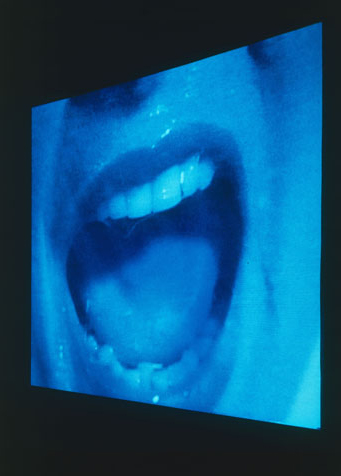The four shortlisted artists for this year's Turner Prize all have works on show at the Tate Gallery. So how come there's no one atthe exhibition, and everybody's watching the video next door?for The Turner Prize, on show at the Tate Gallery, is ac-companied by a video to helpthe viewer interpret their art. But are their exhibits really so obscure? By Andrew Graham-Dixon
This year's Turner Prize exhibition is faintly disconcerting but not, perhaps, in the way that those re-sponsible for it might have wished. Conventional notions about the nature of art are not subverted; precon-ceptions about society and morality are not deconstructed; human perception itself is not radically redefined and re-evaluated - or at least no more than usual on occasions such as these. The exhibited work of the four shortlisted artists - Douglas Gordon, Craigie Horsfeld, Gary Hume and Simon Patterson - turns out to be highly academic; that is to stay, almost all of it conforms to the various models of nonconformism that hold sway in the theory and practice of late 20th-century art. As if to demonstrate this, the exhibition actually culminates in an academy (or at least what passes for one, in the context of the Turner Prize, in the year 1996): a room full of chairs where the audience, having got through the necessary hard work of contemplating the art, can settle down to enjoy a continuous-loop video, made by Turner Prize sponsors Channel 4, devoted to its exegesis.
This is what disconcerts - the sheer rapidity with which experience is short-circuited by explanation. One minute, you are contemplating Gary Hume's reworking, in enamel paint on aluminium, of the face of a rabbit drawn from the medieval French tapestry La Dame a la Licorne; the next, you are watching Gary Hume on tape,...


